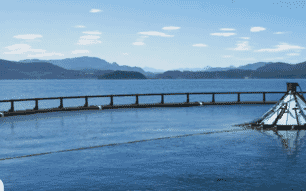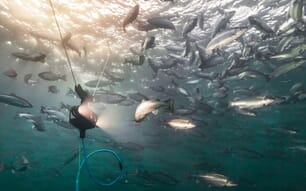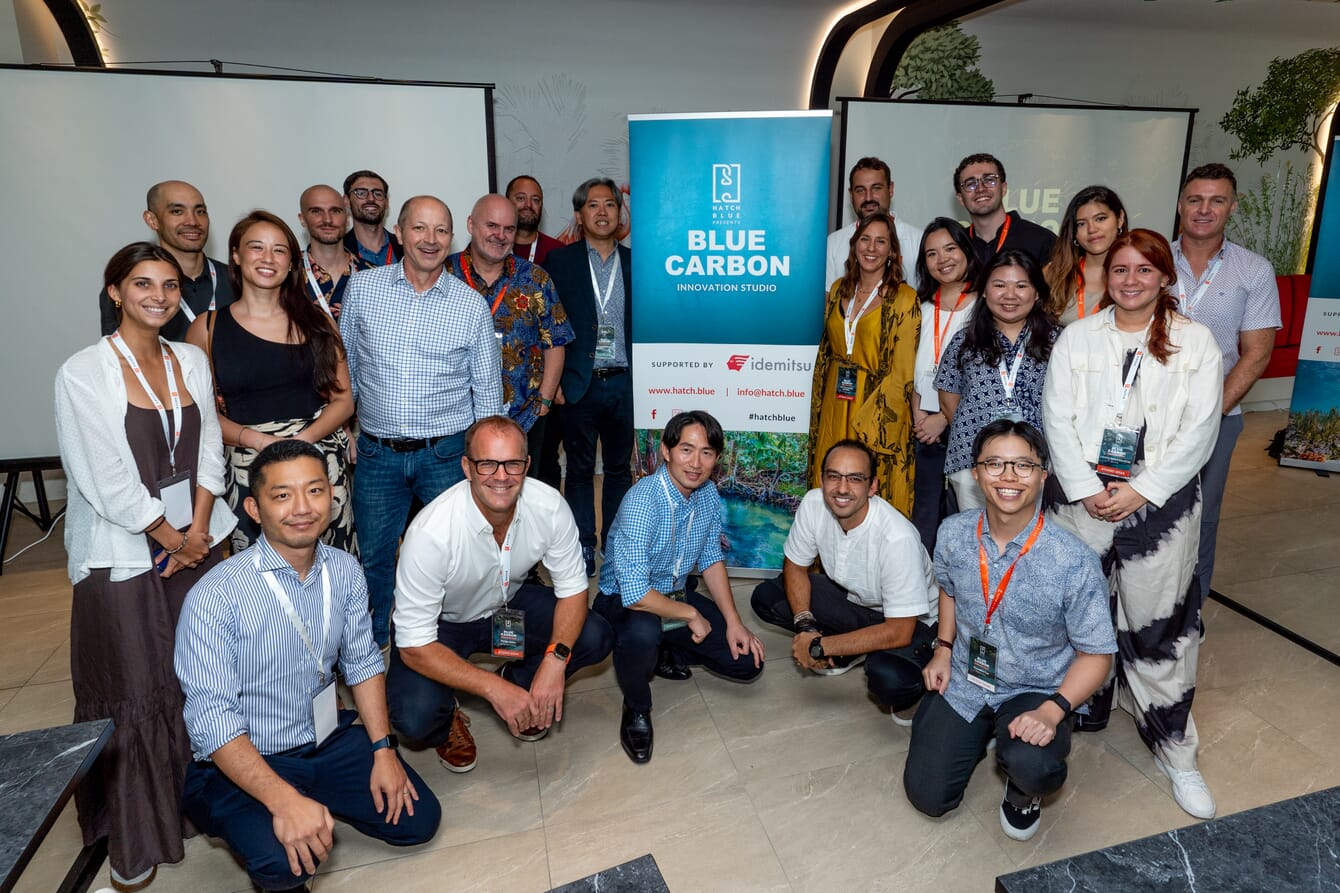
© Hatch Blue
Blue carbon is no longer fringe. It has become one of the key themes in ocean-climate discussions, featuring prominently on the agenda at global forums – from the World Ocean Summit in Tokyo to the UN Ocean Conference in Nice.
Whether viewed for its potential in carbon removal, ecological restoration, or early-stage investment, its strategic relevance is increasingly difficult to ignore.
But enthusiasm at the global level doesn’t guarantee traction in the field. It’s easy to align in theory – much harder in practice. With that in mind, how are projects actually performing? What models are emerging? And what’s still holding them back?
At Hatch Blue, we’ve spent several years working across two distinct business models shaping this space. One is focused on technology - designed to meet the needs of the largest carbon buyers and investors. The other is rooted in community projects, where carbon sequestration is not the primary product but a co-benefit of fostering alternative local value chains.
Through accelerator programmes, investments, and global due diligence, we’ve seen firsthand how these models are evolving. This is a look at what’s working, what’s holding both approaches back, and why the future lies in developing them in tandem.
Technology-driven models for scaling marine carbon removal
In 2024, Hatch Blue and Idemitsu launched the Blue Carbon Innovation Studio – an accelerator supporting ventures focused on high-tech solutions addressing key blue carbon problem areas. While the participants’ strategies varied, most aimed to improve the measurement, reliability, or scalability of carbon removal and coastal zone management. Some worked to reduce verification costs through satellite or drone-based monitoring. Others focused on emerging high-integrity removal pathways, large-scale offshore aquaculture systems, or the data needed to support better quantification and traceability.
These companies are designed to scale quickly and are better suited to investors with a higher risk appetite – like venture capital. Their main selling points include the ability to cut project costs by up to 90 percent, collect high-quality data, and deliver greenhouse gas removal in the range of hundreds of thousands to millions of tonnes. For many of them, carbon markets are the primary source of revenue.
Community-led carbon
In contrast, alongside The Nature Conservancy (TNC) and Conservation International (CI), in 2025 we launched the Blue Carbon+ Challenge Accelerator Studio, focused on community-first projects that aim to develop projects that can not only sequester carbon but also generate revenue streams, through practices such as regenerative aquaculture.
While carbon sequestration was part of their models, it wasn’t the driver. It can take years for new nature-based projects to generate credits, with long verification timelines and uncertain pricing. As a result, these ventures prioritised generating income through food, and nature-based products: including silvofisheries, seaweed farming and sustainable mangrove harvesting.
Such revenue streams were seen as essential to maintaining and protecting coastal ecosystems over the long term, and their financing needs reflected this. Fewer teams fit the mould of venture capital funding for now, yet they offer a compelling opportunity for more patient capital and blended finance vehicles aligned with long-term community resilience and impact.
Shared hurdles, common ground and diverging paths
Across both tracks, ventures arrived with diverse needs in terms of market access, business model support, technical de-risking, financing and connections to the right partners. But again and again, carbon monetisation surfaced as one of the most persistent friction points.
Some of the notable challenges faced by both cohorts :
Carbon market uncertainty
Voluntary demand is inconsistent. Methodologies can be costly and slow, with credit payments often delayed by years. Most trades are private, with limited transparency or price discovery. Buyers frequently push for discounts, delay deals, or renegotiate terms - leaving developers exposed. Larger buyers are also known to demand control over 70 percent of credits, further limiting upside. Without a standard framework for exchange-based trading, markets lack liquidity and comparability.
Verification costs and complexity
Monitoring, reporting and verification (MRV) systems are expensive and often designed for large-scale models. Community-based initiatives struggle to align with these frameworks. Key issues like permanence (how long carbon stays stored), leakage (whether emissions or harmful activities are simply displaced elsewhere), and additionality (whether the carbon benefit would have happened without the project) still limit scale-up.
Regulatory ambiguity
Many regions lack national frameworks or legal clarity around blue carbon ownership, benefit sharing and taxation. Methodologies are misaligned across jurisdictions.
Access to fit-for-purpose capital
Ocean-based solutions receive less than 1 percent of global climate finance. Startups struggle with venture expectations; community projects have depended on short-term grants. There’s a mismatch between financing structures and project realities.
Narrative and positioning
Complex or overly technical stories fail to resonate. Projects with compelling, simple narratives – especially around community and biodiversity – tend to perform better in buyer and investor conversations.
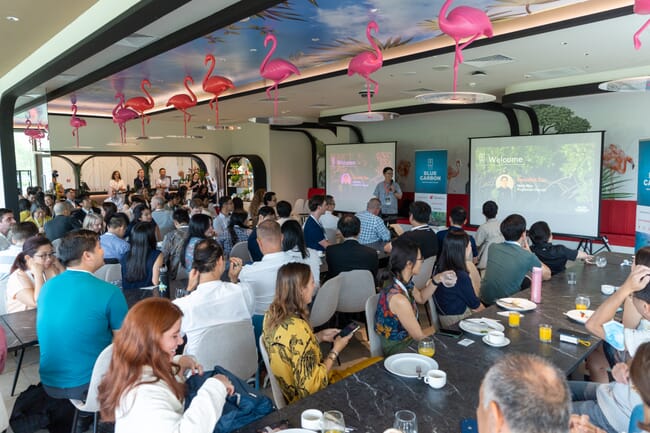
How the sector is responding
In response to these barriers, the sector is responding – often in creative and collaborative ways:
- Revenue diversification is becoming more common. Projects are building additional income streams from food, nature-based tourism, biodiversity credits, and regenerative products – reducing dependence on delayed carbon revenues.
- New crediting frameworks are emerging – integrating biodiversity, livelihoods, and resilience alongside carbon. This is helping developers stack value and broaden appeal.
- MRV innovation is getting cheaper. Tech ventures are designing modular tools for field-based teams. Remote sensing, AI baselining and mobile data capture are working together, becoming more accessible, reducing verification costs and timelines.
- Governments are stepping up. Countries are moving ahead with national blue carbon protocols, benefit-sharing regulations, and investment taxonomies.
- Capital innovation is underway. Blue natural capital funds, outcome-based grants, catalytic equity, and blended finance vehicles are hoping to de-risk early stages and attract more mainstream investment. Support from big grant funders including the teams at TNC, CI and corporate sponsors including Idemitsu are great votes of confidence in the space. The shipping industry has also highlighted a particular appetite to deploy capital here.
- Ecosystem builders are essential and playing a key role. Accelerators, networks and technical platforms are helping identify investable projects and matching them with appropriate capital and technical support. Players in nations like Singapore are showing the world how to support pipeline and projects.
- Storytelling is improving. Ventures are learning to pitch outcomes, not ingredients. Strong narratives grounded in real-world co-benefits are helping close the trust gap between developers, buyers and funders.

© Hatch Blue
Building the foundations of a blue natural capital economy
Sometimes the narrative pits these models against each other – tech-driven vs community-led, engineered scale vs local resilience. But this isn’t a choice. We need both.
Technology-led ventures offer cost efficiency, MRV innovation and the infrastructure carbon markets needs to scale. Carbon credits remain one of the most viable monetisation pathways for blue ecosystem services. That is what big private sector players are immediately keen on. But to make them work, we need to bring down costs, reduce verification burdens and simplify the process for developers.
At the same time, community-led models bring local ownership, economic co-benefits, and ecosystem durability. Alternative income sources – like food, tourism and biodiversity-linked products – help sustain projects through the long development timelines carbon credits often require. They reduce risk, enable earlier cash flow, and ensure that restoration is tied to real livelihoods on the ground.
It’s not one or the other. Integrated models that combine near-term income with long-term carbon value will define the next generation of investable blue natural capital. We’re already seeing convergence. Tech ventures are designing for social impact from day one. Community ventures are adopting sensing tools and spatial data to strengthen their claims. Both are adapting. Both are evolving.
Scaling marine restoration in a way that lasts means backing both tracks – not just with capital, but with policy alignment, verification systems and a shared commitment to high-integrity outcomes.
The foundation of a blue natural capital economy is taking shape. What happens next depends on how we choose to scale.
If you’re building in this space – as a funder, founder or policymaker – get in touch. It would be great to see what you’re working on.
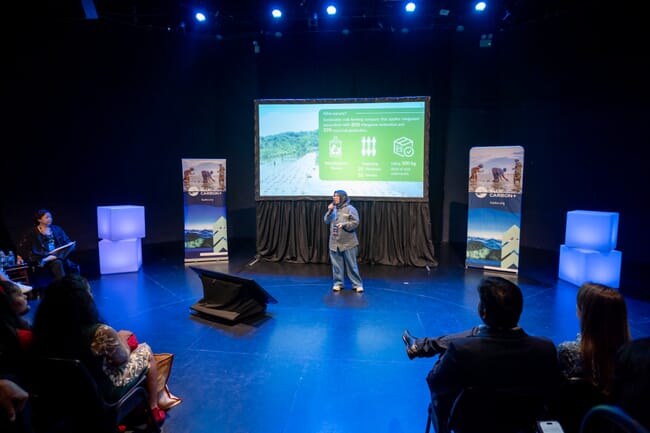
© Hatch Blue

